If you had an opportunity to take a safari of Australia during the Pleistocene era (two million years ago), you would gaze upon a very different landscape than the one you view today. You would see herds of huge Diprotodon wombats the size of cars, colossal, three-metre tall, emu-like Dromornis birds, and perhaps even the occasional Megalania, a gigantic predatory lizard which hunted the countless animal species that roamed prehistoric Australia.
Alas, the vast majority of megafauna disappeared as humans spread across the continent. Today, if you asked a palaeontologist where you could see some of Australia’s spectacular megafauna, they would probably point you in the direction of the nearest museum. However, few realise that a small number of megafauna still roam the landscape as their relatives and ancestors did for thousands of years before them.
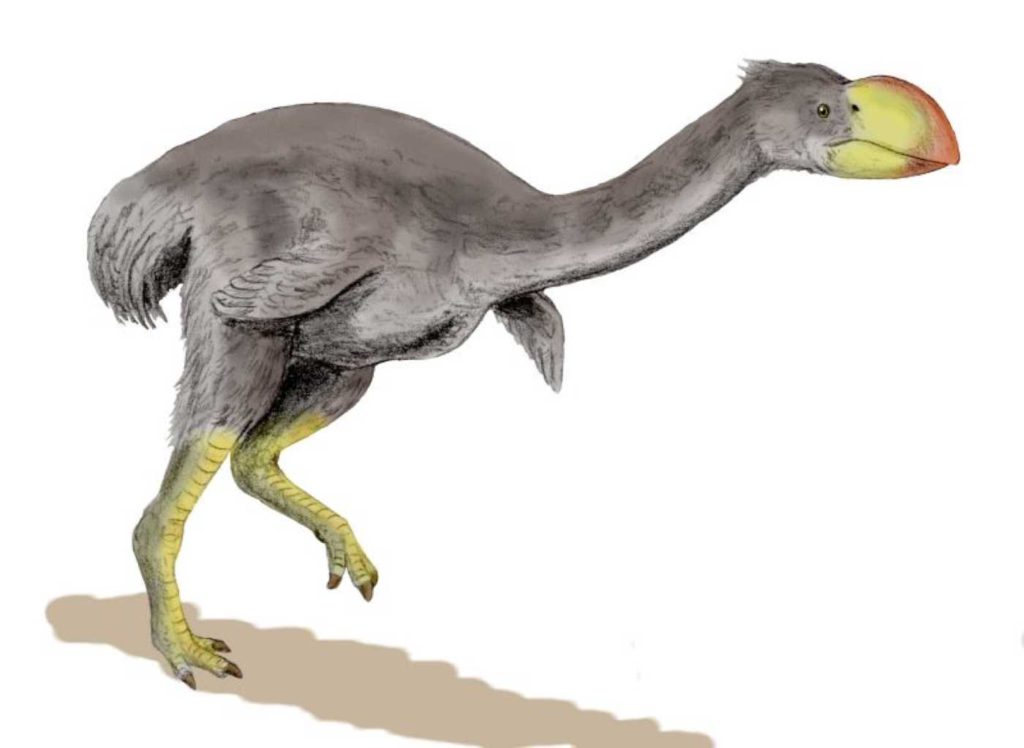
For millennia, Australia’s vast interior played host to many megafauna species. In prehistoric times, the three-metre tall Giant Short-faced Kangaroo (Procoptodon goliah) could be found through much of the Australian landmass browsing on the leaves of trees and shrubs. Alongside these gentle giants, there may have been one of the few giant kangaroos to make it to the modern day, the Eastern Grey Kangaroo (Macropus giganteus). Standing around 2 metres high and weighing in at over 60 kilograms, the Eastern Grey Kangaroo lives up to its scientific name in being a truly gigantic living megafauna species.
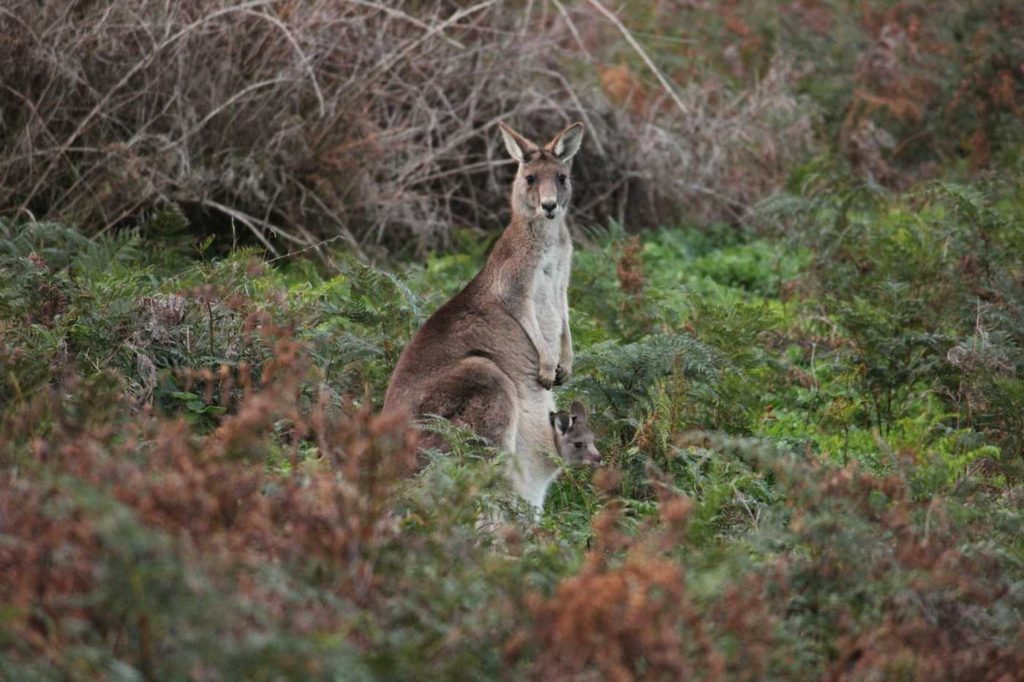
Although Australia is often considered the land of marsupials, prehistoric Australia also hosted a wide array of gigantic birds. Until their sudden extinction, a common sight through much of inland Australia would have been vast numbers of giant ostrich-sized Genyornis. Although the Genyornis is now extinct, giant birds that shared the landscape with them still roam. Australia’s largest bird, the Emu (Dromaius novaehollandiae) stands at around two metres in height and is one of the few giant birds to escape the extinction of megafauna in Australia.
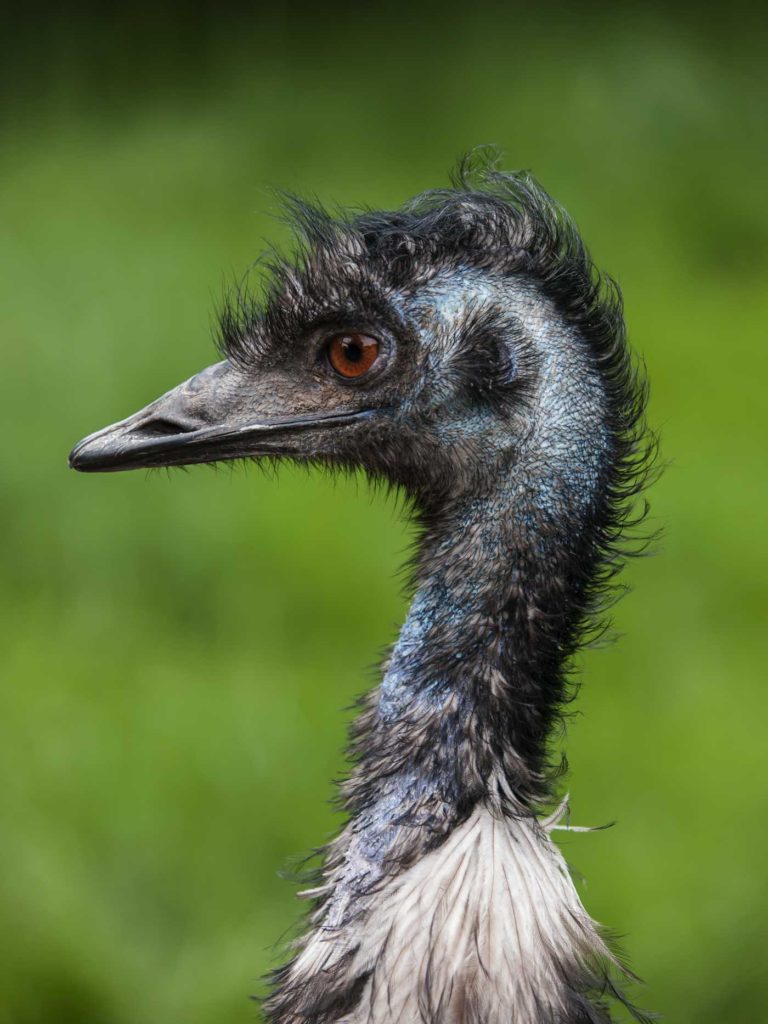
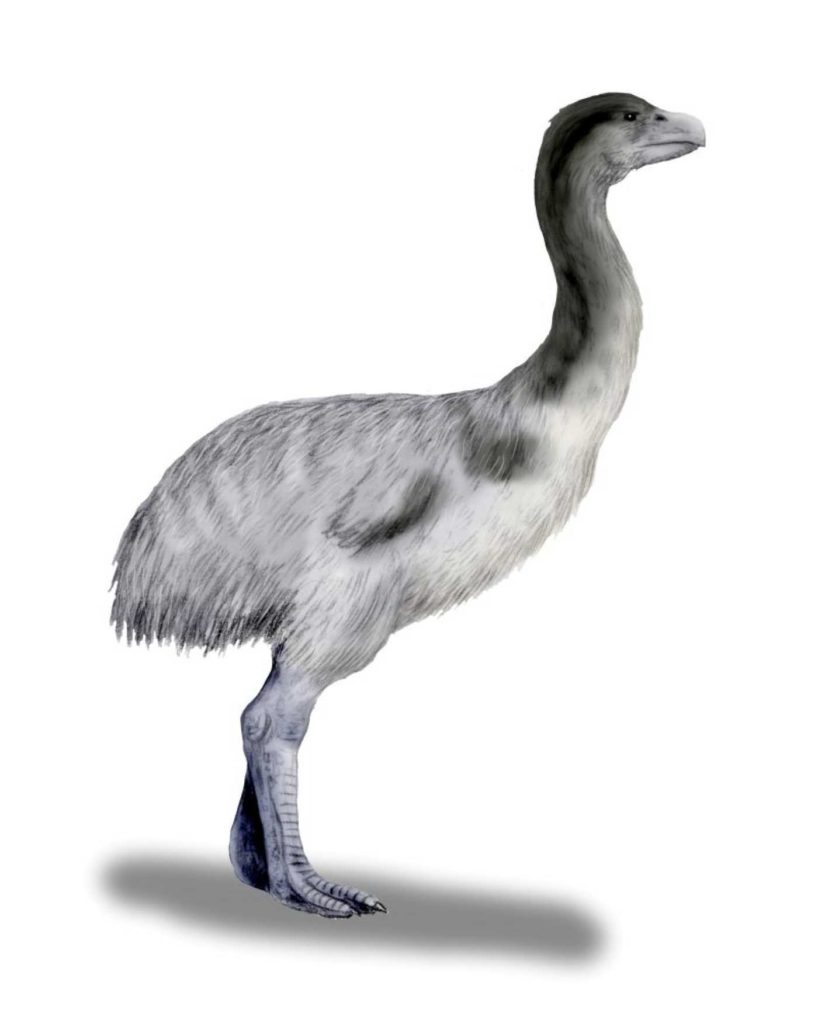
Australia’s warm north abounded with strange megafauna during prehistoric times. In what is now Australia’s Northern Territory, titanic Thunderbirds (Bullockornis planei) wandered the ancient grasslands and forests. Today a little further east in the rainforests of tropical Queensland, a truly prehistoric bird still wanders the forests, feeding on fallen fruits and berries. The endangered Southern Cassowary (Casuarius casuarius) can weigh as much as 95 kilograms and reaches almost two metres in height, making it Australia’s heaviest bird and one of our most interesting surviving species of megafauna.
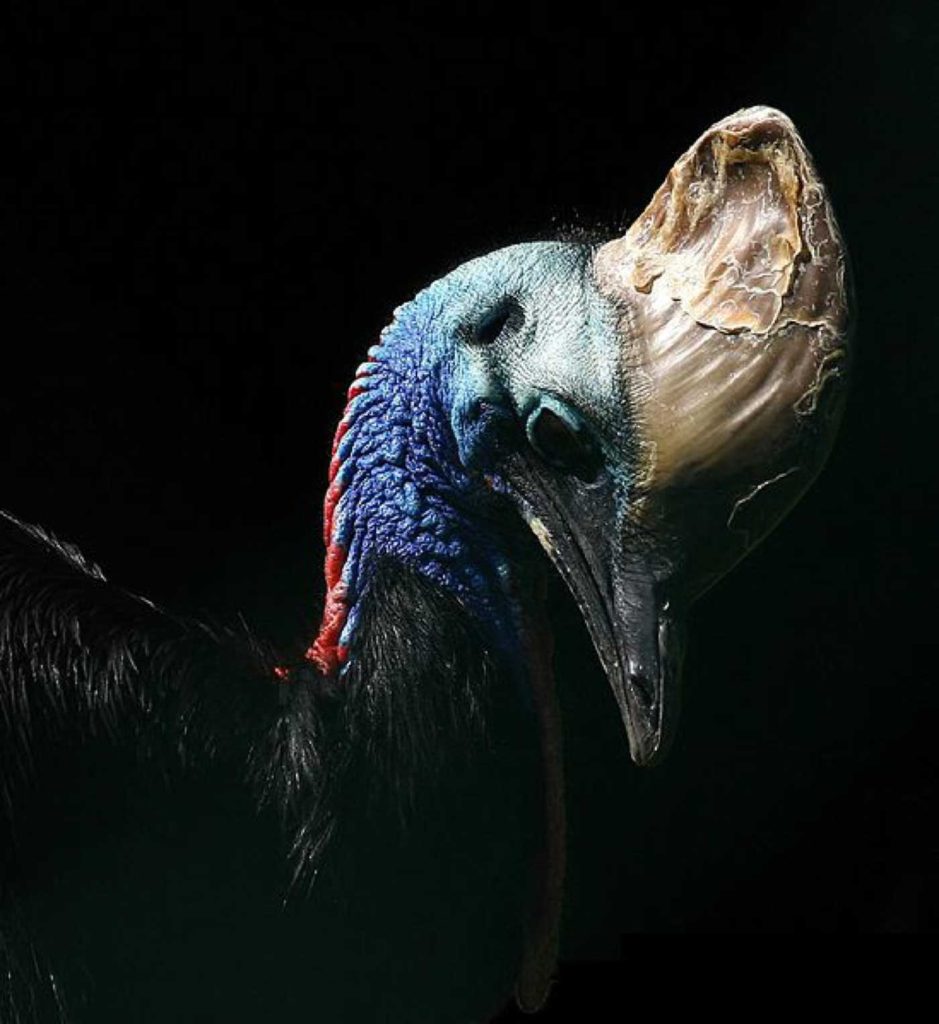
During the ice age, much of Australia’s coastlines played host to a remarkable array of giant marine creatures. Perhaps best known of these is the giant ice age shark, the Megalodon (Carcharocles megalodon), which hunted whales and other marine mammals during the period and disappeared from the oceans as the ice age ended. Today, the Great White Shark (Carcharodon carcharias) patrols the oceans that the Megalodon once dominated. Growing to lengths of over six metres and weighing over a tonne as adults, the Great White Shark is one of the largest apex predators in our coastal waters and certainly qualifies for the category of marine megafauna.
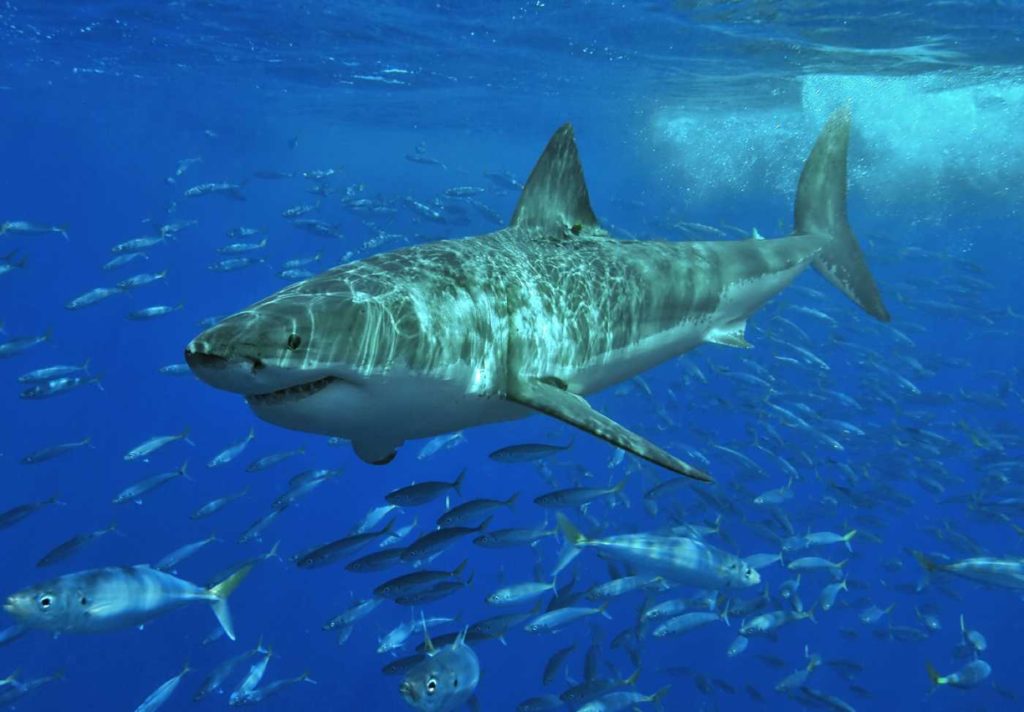
During prehistoric times, the southern coast of Australia was also occupied by a truly gigantic seal: the aptly named Southern Elephant Seal (Mirounga leonina) which could weigh up to four tonnes and reach lengths of almost six metres. Fortunately this species is still with us today, but has moved south in modern times and is now relegated to Australia’s subantarctic islands.
Although many famous megafauna species, such as the Tasmanian Tiger (Thylacinus cynocephalus), have been driven to extinction, many still clearly call Australia home. While we might mourn the passing of some of the most remarkable species to ever roam the earth, we should also celebrate the wonderfully bizarre and truly gigantic species of megafauna that still hop, run, and swim over and around our vast and wild continent.

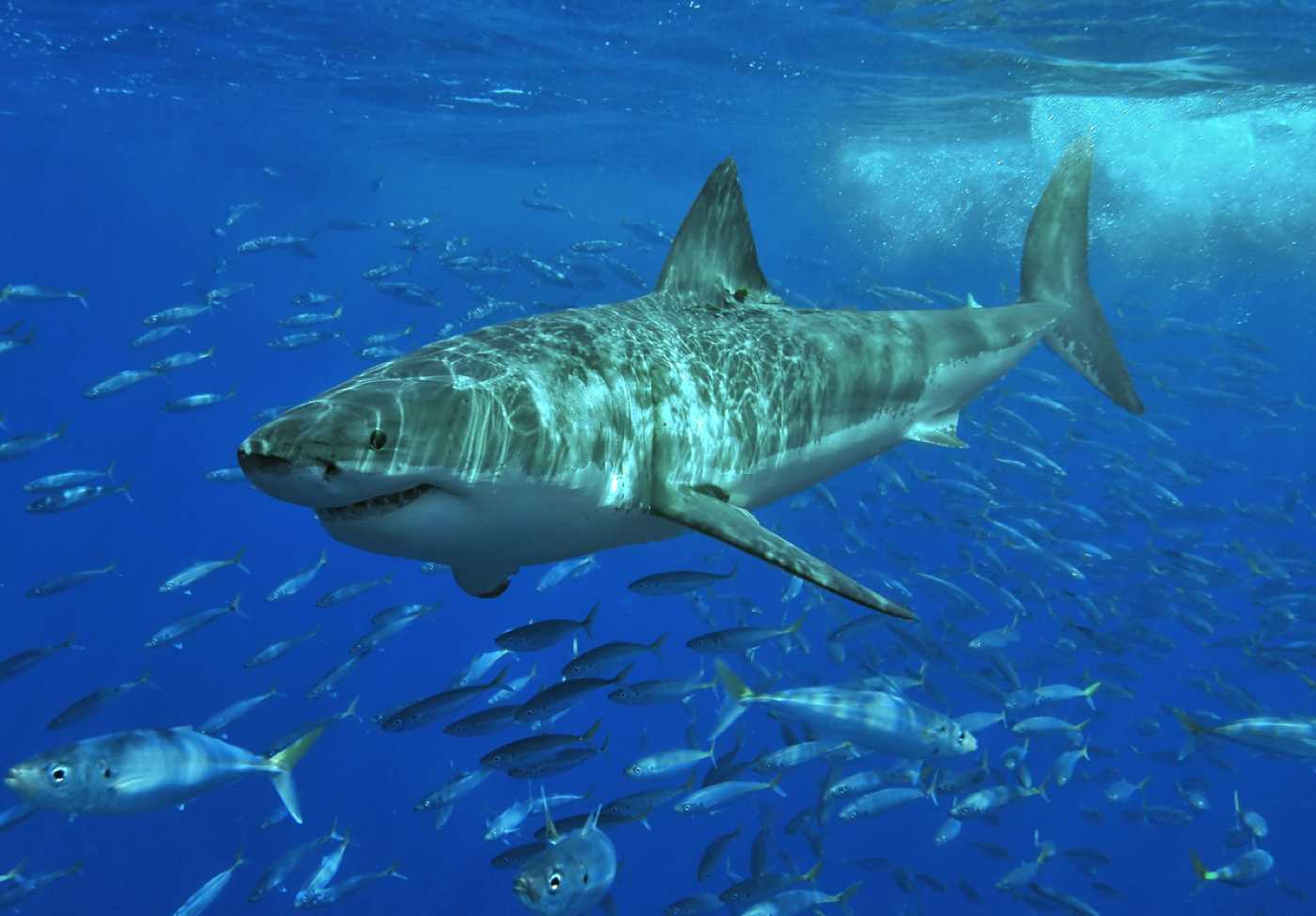
Leave a Reply